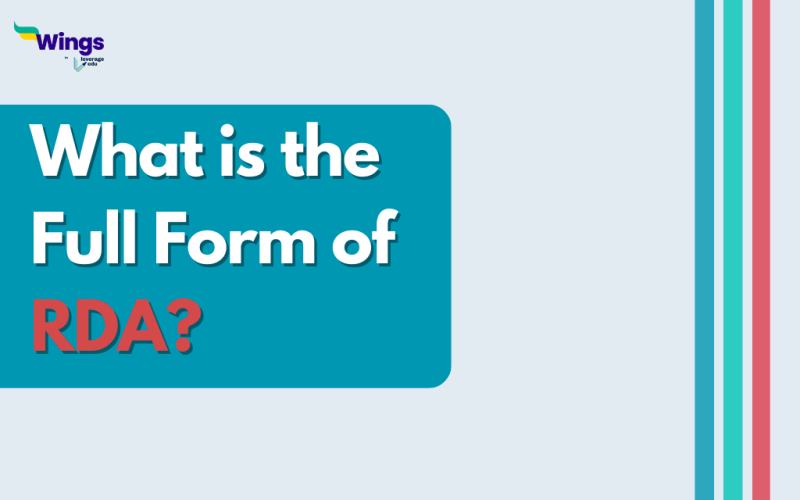The full form of RDA is Recommended Dietary Allowance. For the maintenance of good health, it is the estimated or necessary intake of nutrients, vitamins, and minerals. RDA, in accordance with the Food and Nutrition Board of the National Research Council/National Academy of Sciences, is a measure of the daily nutritional needs of the human body. It also goes by the name “Recommended Daily Allowance” for this reason. Its main objective is to educate people on the need of consuming nutrients in the proper form. The recommended daily allowance (RDA) for a certain vitamin or mineral provides information on how much people should eat each day to stay healthy.
The RDA is the number that is primarily used to advise children and adults on how to consume vitamins and minerals and meet their nutrient needs for a healthy body.
History of the RDA
The first recommended dietary allowances were issued in 1943, during the Second World War, with the aim of “providing good and better nutrition for people.” It stated that the recommended daily consumption should be decided “in line with other findings” in order to meet the diverse nutritional demands of people of different ages. The initial chair of the Committee on Recommendations for Dietary Allowances gave a thorough overview of how the RDA was implemented. A recommended dietary allowance (RDA) for particular food components was first accepted when the book on RDA needs was released in the USA in 1946.
Importance of RDA
The RDA’s main goal is to teach young people about good and bad nutrients. Additionally, it has additional objectives such as formulating requirements for food assistance programmes, assessing whether food supplies are sufficient to meet national dietary requirements, planning and acquiring food supplies for groups of people, examining food consumption data of individuals and populations, creating nutrition education programmes, creating new products in the market, and establishing standards for food labelling. The majority of the time, however, there are just a few data points that can be used to estimate nutritional requirements.
Americans are thought to consume between 5 and 20 -TE of vitamin E per day based on estimations of the average diet. The RDA was nevertheless set at ten TE for men and eight TE for women (who are typically smaller), on the grounds that very few Americans show overt symptoms of vitamin E insufficiency. Therefore, the amount that would be considered “normal” would be sufficient.
Scientific studies evaluating the efficacy of vitamin E in these situations frequently use dosages of vitamin E up to about 800 mg per day, which is typically regarded as safe for humans. However, there is increasing evidence that vitamin E may have benefits (including defence against malignancies brought on by substances, cataracts, and ischemic heart disease) that require greater daily doses.
FAQ
The full form of RDA in India is Recommended Dietary Allowance.
In the dentist world, it is known as the Registered Dental Assistant.
The RDA is the daily nutrient intake level for nearly all healthy people of a certain age, sex, or condition and it differs with people.
This was all about the RDA Full form. Visit the General Knowledge page to discover more intriguing articles about full forms. Get in touch with the experts at Leverage Edu in order to kickstart your study abroad journey!
 One app for all your study abroad needs
One app for all your study abroad needs













